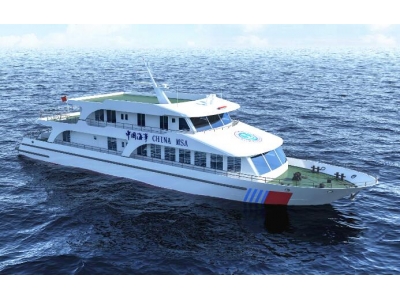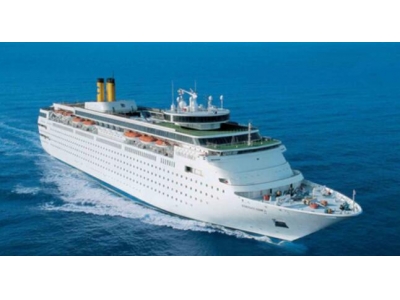Introduction
Ships are marvels of engineering and design that have played a crucial role in human history. Understanding ship details is essential for shipbuilders, sailors, and enthusiasts alike. In this article, we will delve into the intricacies of ship details and their corresponding English terms.
Hull and Superstructure
The hull of a ship refers to its main body, which provides buoyancy and supports the superstructure. Key components of the hull include the bow (front), stern (rear), port side (left), and starboard side (right). On the other hand, the superstructure encompasses all the structures above the main deck, such as the bridge, cabins, and funnel.
Deck and Keel
The deck refers to the horizontal surfaces of a ship where crew and passengers walk. The main deck is the highest continuous deck, while other decks are often described by their location, such as the upper deck or lower deck. Meanwhile, the keel is the central structural element that runs along the bottom of the ship, providing stability and strength.
Navigation and Communication
Effective navigation and communication systems are vital for safe seafaring. Ship instruments include the helm (steering mechanism), chartplotter (electronic navigation aid), and radar (detects objects). Communication tools encompass the VHF radio (ship-to-ship and ship-to-shore communication), AIS (Automatic Identification System), and EPIRB (Emergency Position Indicating Radio Beacon).
Machinery and Propulsion
Ships rely on various machinery and propulsion systems to move efficiently. The main engine powers the propeller, while the auxiliary engines provide electricity and support other functions. Propulsion methods can include traditional propellers, as well as more advanced systems like pod drives or azimuth thrusters.
Cargo Handling Equipment
Cargo handling equipment facilitates the loading and unloading of goods on ships. Examples of such equipment include cranes, conveyors, and forklifts. The size and capacity of these tools depend on the type of cargo and the vessel's specifications.
Safety and Emergency Equipment
Safety is paramount at sea, and ships are equipped with various safety and emergency systems. These include lifeboats, life jackets, fire detection and suppression systems, emergency lights, and distress signals such as flares.
Conclusion
Ship details play a critical role in the construction, navigation, and safety of vessels. Familiarity with the corresponding English terms for ship components and equipment enhances communication and understanding among professionals in the maritime industry. Whether you are a ship enthusiast or aspiring sailor, learning about ship details will deepen your appreciation for these incredible machines that have shaped our world.
Thank you for reading this article! We hope it has provided you with valuable insights into ship details in English and how they contribute to the maritime industry.


